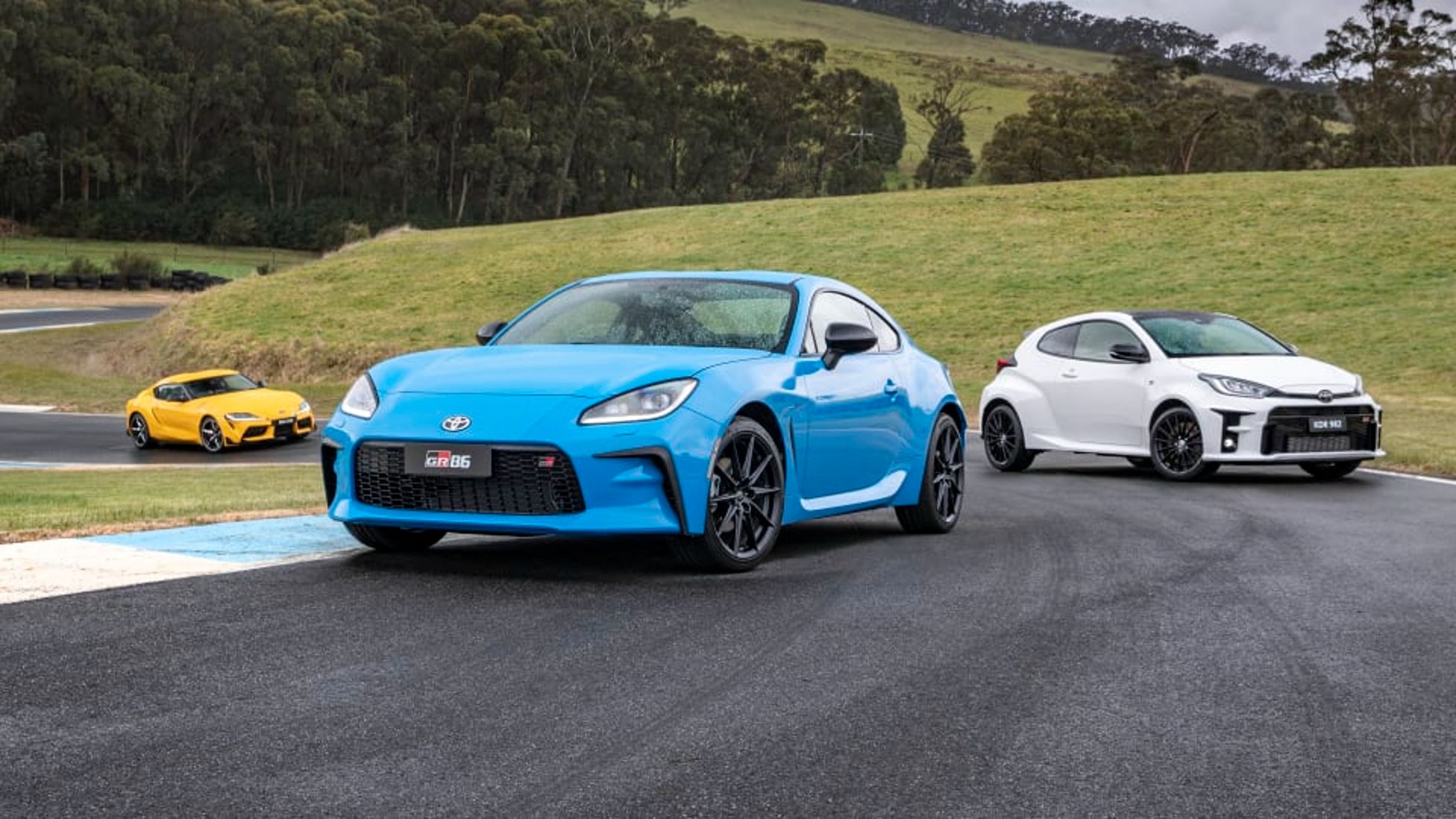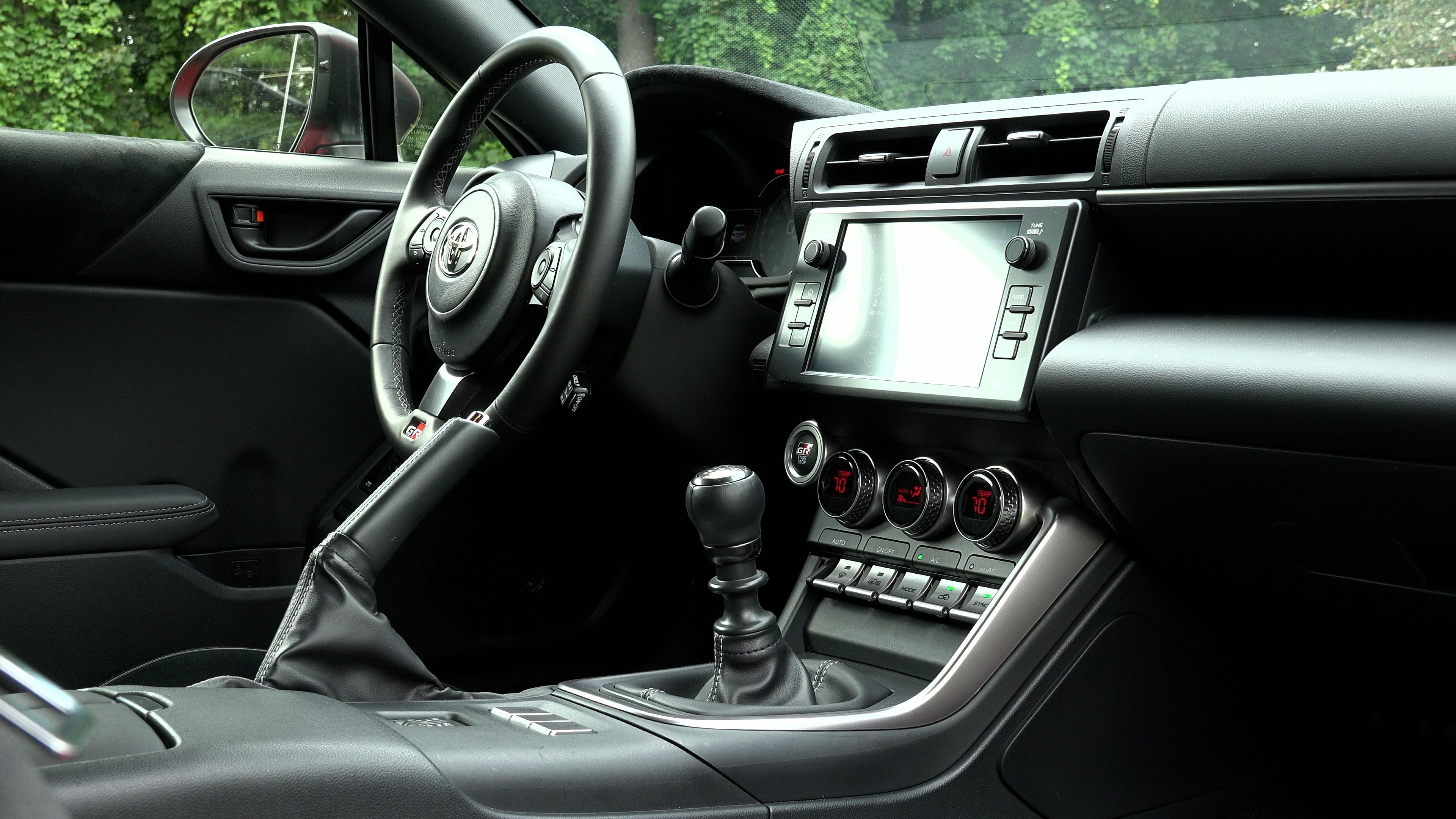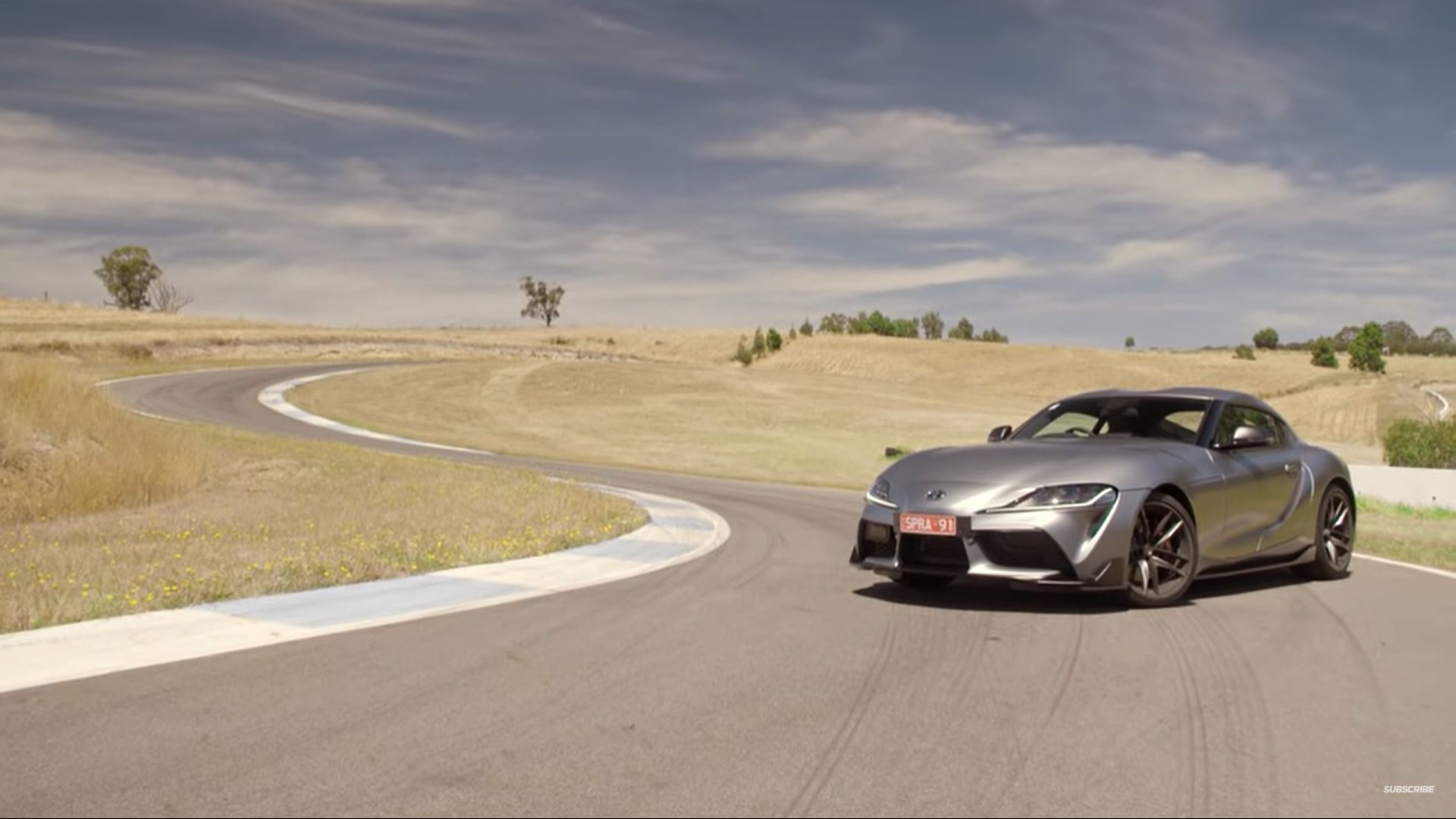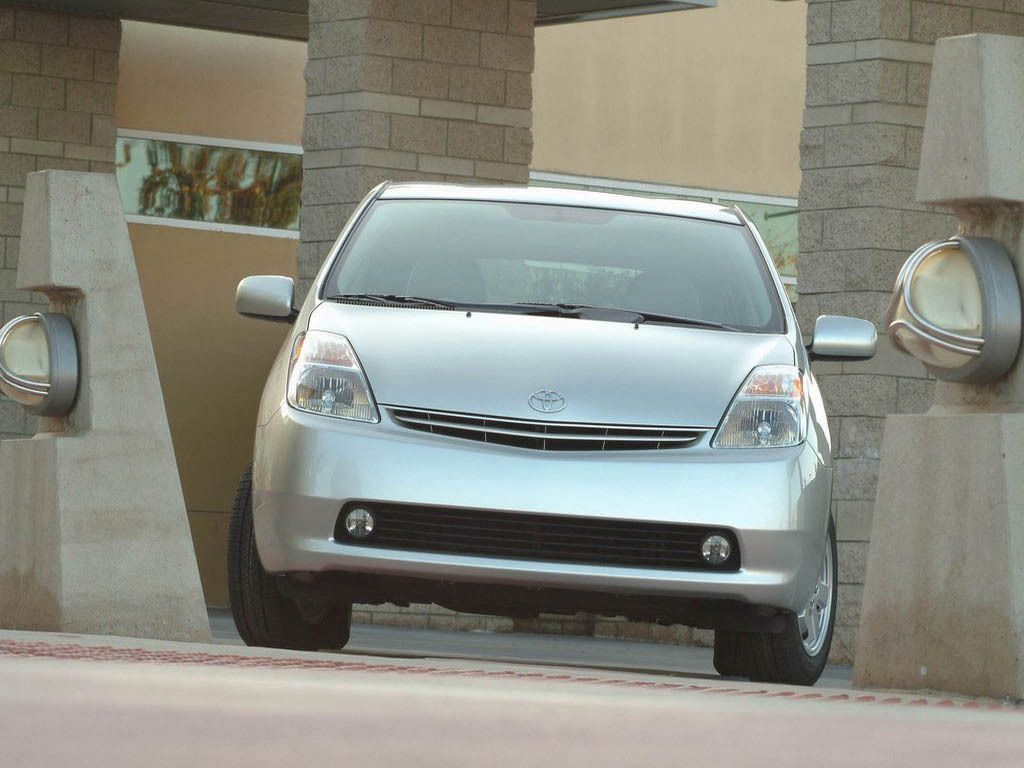During a recent press conference launching the new Corolla Cross Hybrid, Toyota Australia’s Sales and Marketing Vice President Sean Hanley had some choice words for those who view electrification as the sole path forward for the automotive industry. The Corolla Cross Hybrid is the newest hybrid to debut in the Australian market, but many are clamoring for more full electric models despite constraints in proper vehicle development. While outlining Toyota's electrified assets since the debut of the Prius, Hanley also suggested that internal combustion engines will live on through the GR brand, which offers performance versions of the Corolla, Supra, and 86.
Toyota GR Stays True to Its Goal
The key takeaway from the off-the-cuff speech was the survival of the GR brand as a fully non-hybridized or electrified brand. Having finally secured a final stable sub-brand with the Corolla GR, GR86, and GR Supra, the performance models of Toyota have seemingly cemented their place in the market and the future performance endeavors. Hanley's said all Toyota models will include some level of electrification by 2030, but that does not include the GR brand, suggesting full internal combustion engines will continue to power the performance models through the end of the decade.
The Future of Gazoo Racing
While Hanley's comments suggest the GR lineup promises to remain gasoline-fueled, regulations on ICE vehicles are looming. With Toyota’s recent testing of GR86 models with turbocharged hydrogen motors for both added performance and fuel economy, it looks like they have not given up on alternative fueling solutions, similar to Porsche and Lamborghini. While Toyota does still sell the largest percentage of hybrids among major manufacturers, the GR brand is hitting its ICE-powered, performance stride, and it doesn’t seem like they intend to change that any time in the near future.
Toyota Has Made Hybrids Longer Than Anyone Else
According to Drive, when asked repeatedly on the reason why Toyota was cautious in going fully electric, Hanley began ranting about how they had been creating cars to improve their carbon neutrality for years. With the first Prius debuting in 2001, as well as having over 30% of vehicle sales be hybrids, Toyota has been working on improving their carbon footprint for decades. With electrification becoming the norm for many models now, Hanley said Toyota had already been doing it since before it was commonplace. The company recently debuted hydrogen vehicles and provided the Australian police with a Mirai sedan.




